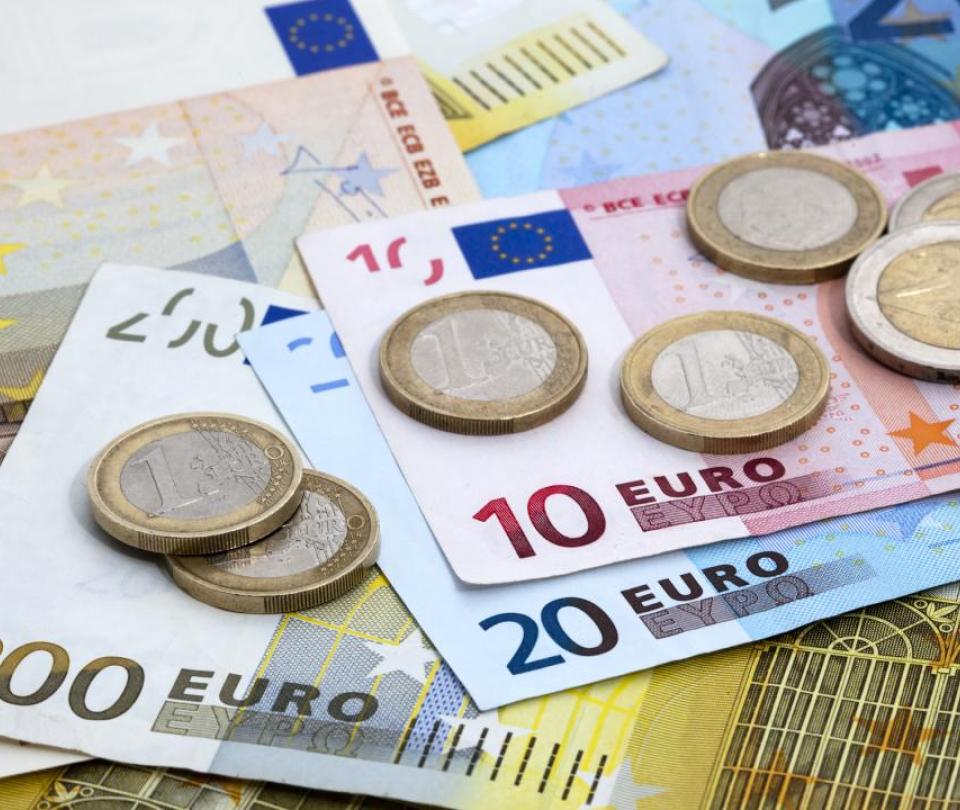After the European Central Bank (ECB) raised its interest rates by 25 basis points, placing them at 4%, as a measure to curb the high inflation in the areathe statistical office Eurostat revealed the CPI data in May, both for the euro area and the European Union (EU).
(See: Volatile inflation in European countries)
According to information from the entity’s report, the annual data for the Eurozone stood at 6.1% in May, registering a drop compared to the data for the month of April, which was 7.1%. It should be noted that the 12-month figure for the same month of the previous year was 8.1%.
Regarding the European Union, annual inflation in this area slowed down to 7.1%, compared to 8.1% in April. Likewise, a decrease was evidenced in relation to the 8.8% presented in the same month of 2022.
According to Eurostat, the groups that contributed the most to the annual inflation data for the month of May were ‘Food, alcohol and tobacco’ with an increase of 2.54%, ‘Services’ with an increase of 2.15% and ‘Non-mining-energy industrial goods’ with 1.51%.
However, the division that presented drops this month was the energy group, registering -0.09%.
inflation by country
However, in the breakdown by country, the office explained that the highest annual contributions were in Hungary, which closed its CPI for May at 21.9% annualbut showing a decrease compared to the data for April, which was 24.4%.
(See: Annual inflation in the euro area decreased to 6.9% in March)
Following is Poland with inflation of 12.5% per year, a country that also registered a decrease compared to the previous month’s figure (14%). For his part, Czech Republic, revealed a figure of 12.5% per year for the fifth month of the year. Then there are Slovakia and Latvia, with 12.3% per year for each country.
Additionally, the countries that presented the lowest annual inflation data were Luxembourg with 2%, with a drop compared to the data for April (2.7%), followed by Belgium with 2.7%, Denmark and Spain with 2.9%. for each country and Cyprus with 3.6%.
In the case of the largest economy on the European continent, Germany, in the annual data for the fifth month of the year, registered a decrease in its consumer prices going from 7.6% annual in April to 6.3% annual in May. However, the nation’s economic growth has been negative, to the point that it was determined to be entering a technical recession.
Based on the June economic projections, ECB experts expect headline inflation in the euro area to average 5.4% in 2023, 3% in 2024 and 2.2% in 2025.
(See: Inflation in the eurozone gives a truce: it reached 6.1% in May)
In terms of growth, the currency bloc’s economy is estimated to grow by 0.9% in 20231.5% in 2024 and 1.6% in 2025.
Christine Lagarde, president of the ECB, said that “economic growth is likely to remain weak in the short term, but to strengthen over the course of the year.”
BRIEFCASE












